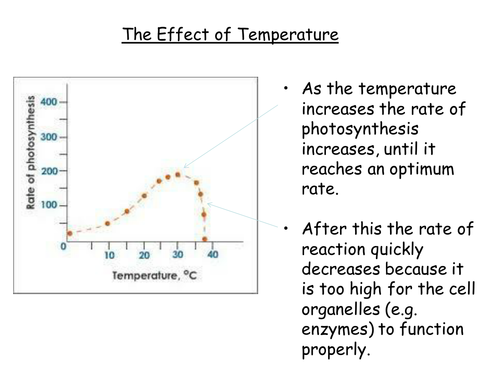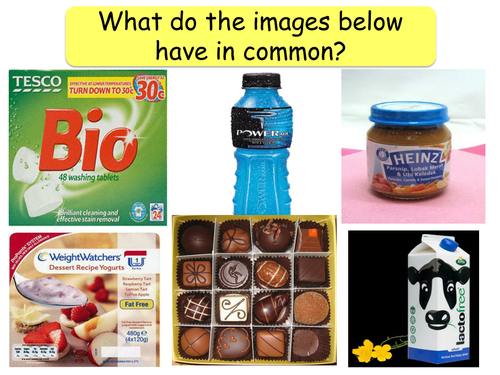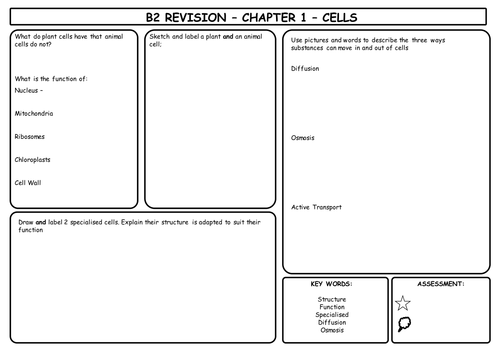Jedwards' resources
I've been a science teacher with a biology specialism for over 5 years now and have always loved creating fun and innovative lessons and resources that not only measure pupils progress but ensure that pupils are engaged with their learning. All resources are made from scratch with lots of time spent on them to perfect them for my pupils. Enjoy :)




















